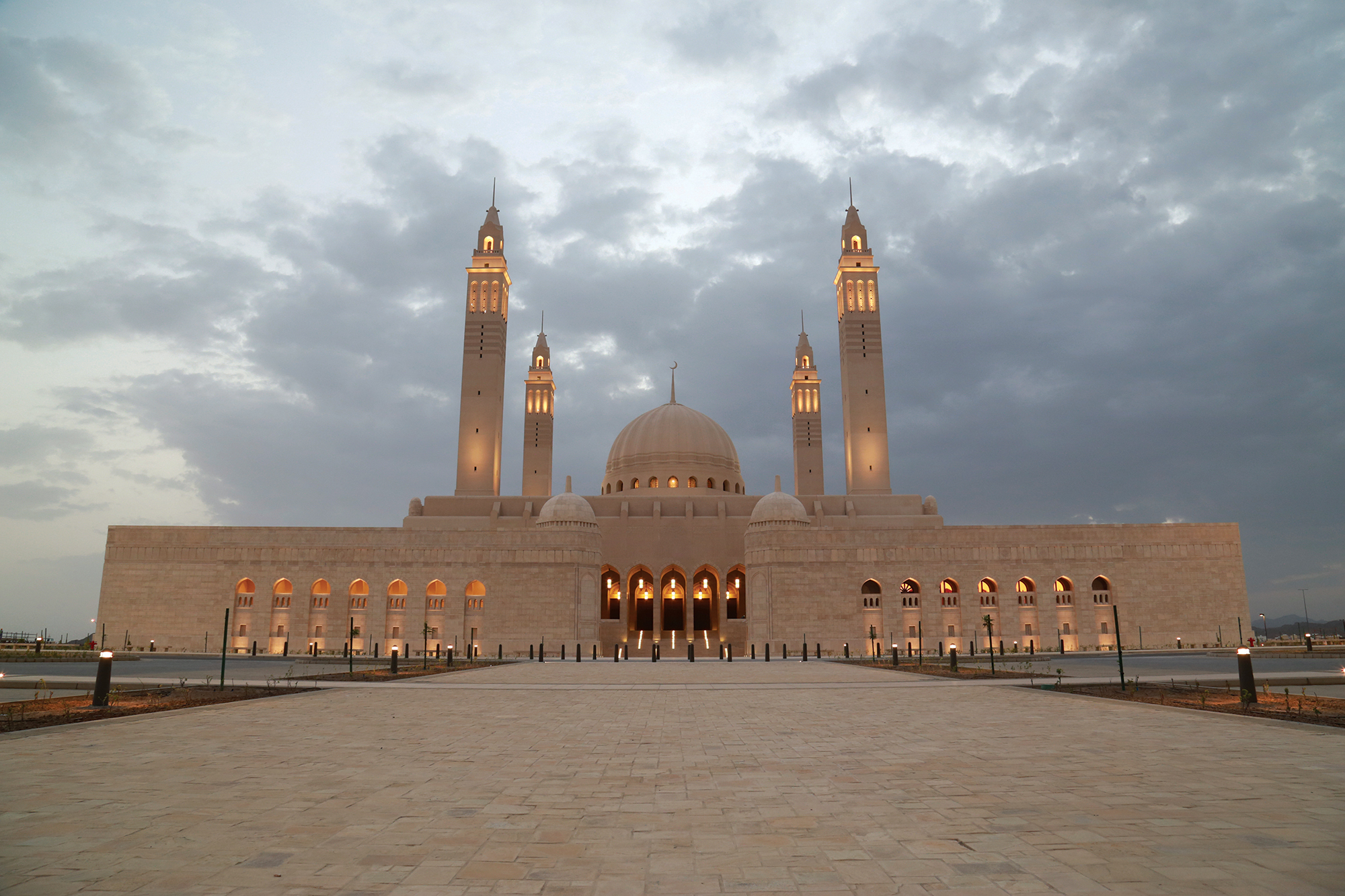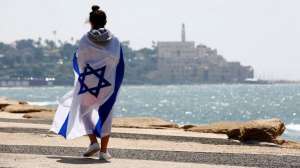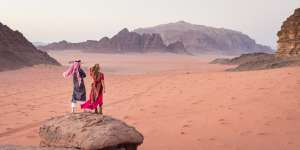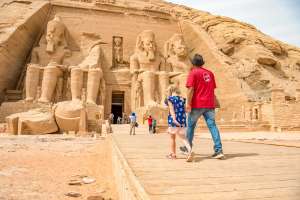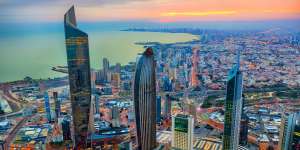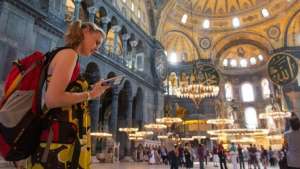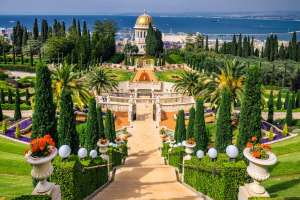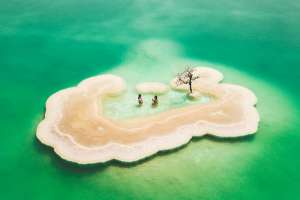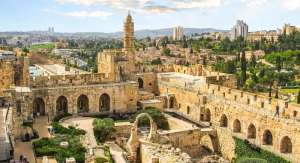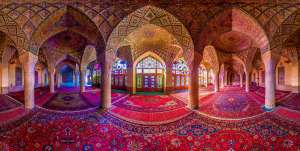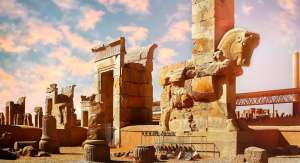Oman is a land where tradition and beauty intertwine effortlessly, revealing a world that feels untouched yet welcoming. Resting gracefully on the southeastern edge of the Arabian Peninsula, the Sultanate captures both the heart and imagination of travelers. Its golden deserts seem endless, its ancient forts whisper stories of power and resilience, and its coastline glows beneath a warm Arabian sun. From mystical canyons to peaceful fishing villages, every corner of Oman feels like an open secret waiting to be explored.
Often described as the hidden gem of the Middle East, Oman blends authenticity with quiet sophistication. The capital city, Muscat, is a perfect introduction — a place where the rhythm of old souks meets the elegance of whitewashed domes and coastal breeze. Beyond the capital, travelers are drawn to the country’s wild mountains, pristine islands, and tranquil wadis that reflect centuries of harmony between people and nature.
Take a closer look below at some of the most stunning places to visit in Oman — each destination carrying its own charm, culture, and breathtaking scenery.
Barka
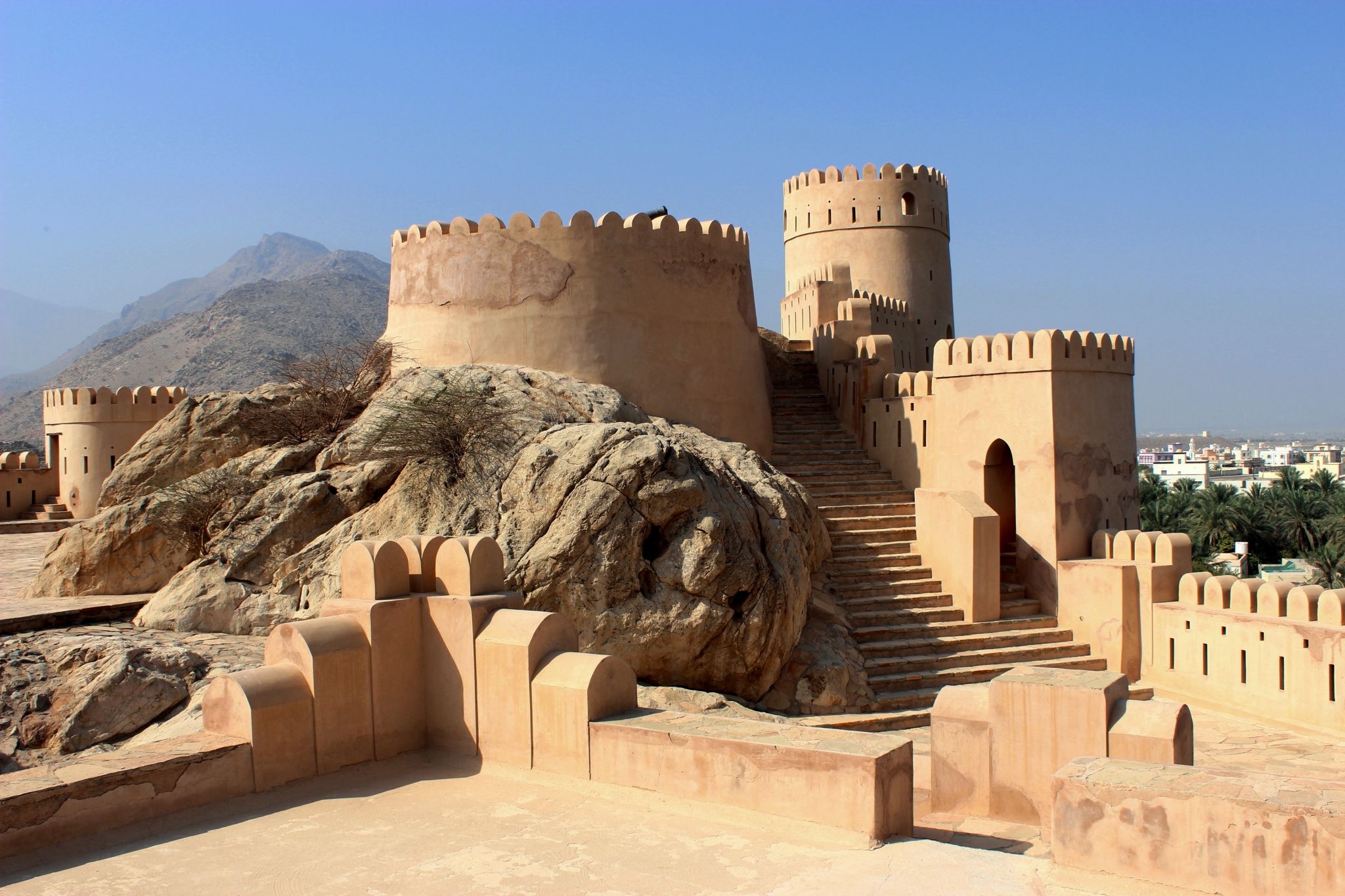
Nestled quietly along the northern coast, Barka is a coastal town that exudes simplicity and calm. Once a humble fishing village, it has blossomed into a serene retreat with soft sandy beaches, date palm groves, and a coastline that stretches endlessly into the horizon. Its fort, a proud reminder of Oman’s defensive architecture, overlooks the sea like a timeless guardian.
Visitors to Barka will find a perfect mix of tradition and leisure — fishermen hauling their early morning catch, families strolling along the beaches, and local markets filled with the aroma of grilled seafood. The town is slowly emerging as one of Oman’s coastal treasures, ideal for travelers who wish to experience the shoreline away from crowded resorts yet with modern comforts nearby.
Wadi Nakhr Gorge
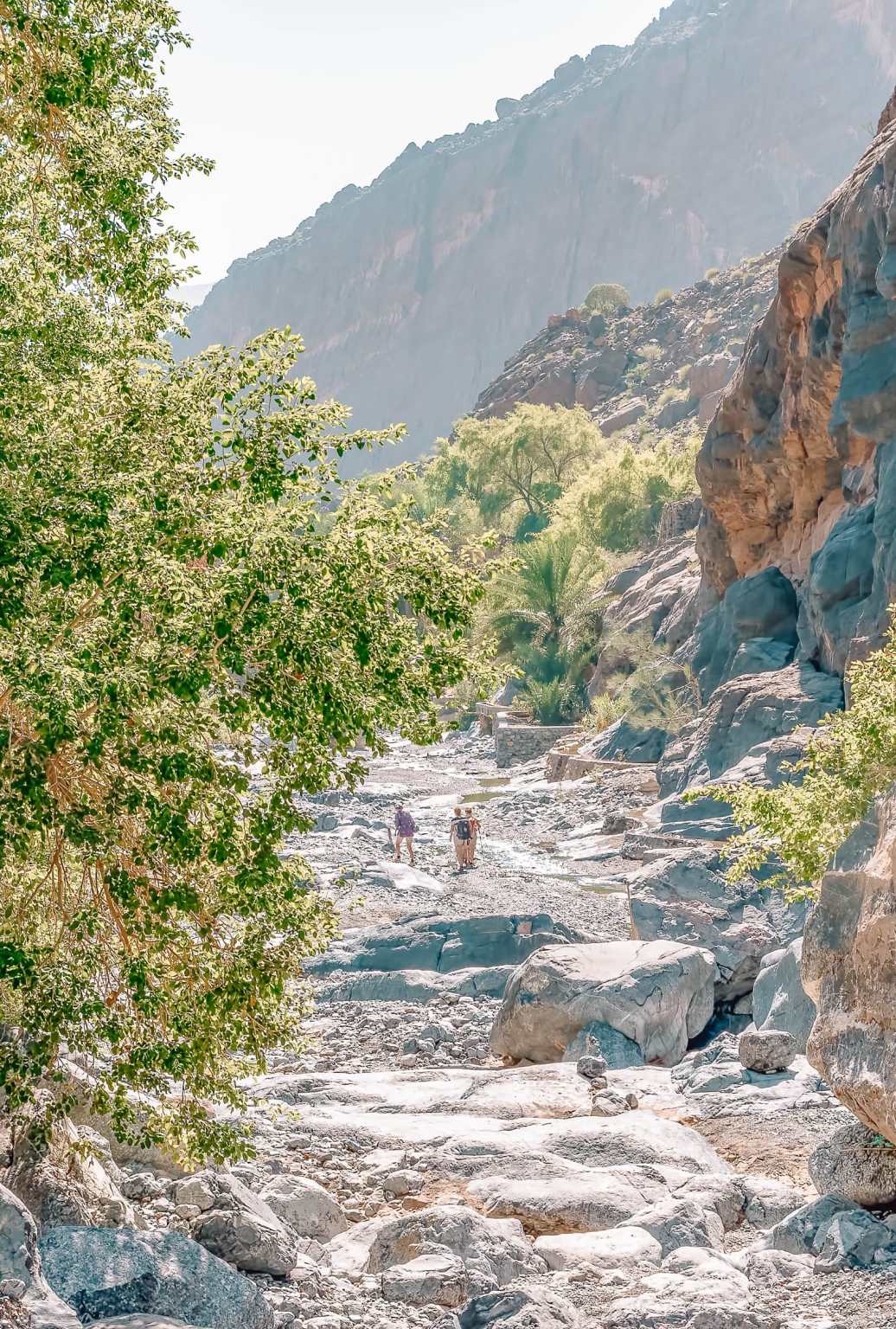
Carved deep into the limestone folds of the Al Hajar Mountains, Wadi Nakhr Gorge — often called the Grand Canyon of Oman — is a natural wonder that humbles anyone who stands before it. The canyon plunges almost a kilometer deep, revealing layers of rock that tell millions of years of geological history. The rugged cliffs glow in shades of amber and gold as the sun moves overhead, creating a spectacle that photographers dream of capturing.
The famous Balcony Walk, a trail cut along the canyon’s rim, offers some of the most unforgettable views in Oman. It’s a thrilling hike that passes old villages, terraced farms, and steep cliffs that drop dramatically into the valley below. Many adventurers choose to explore Wadi Nakhr with experienced guides who share stories of the mountain tribes and the natural forces that shaped this breathtaking chasm. It’s more than a sightseeing stop — it’s a glimpse into the very bones of the Arabian Peninsula.
Dibba
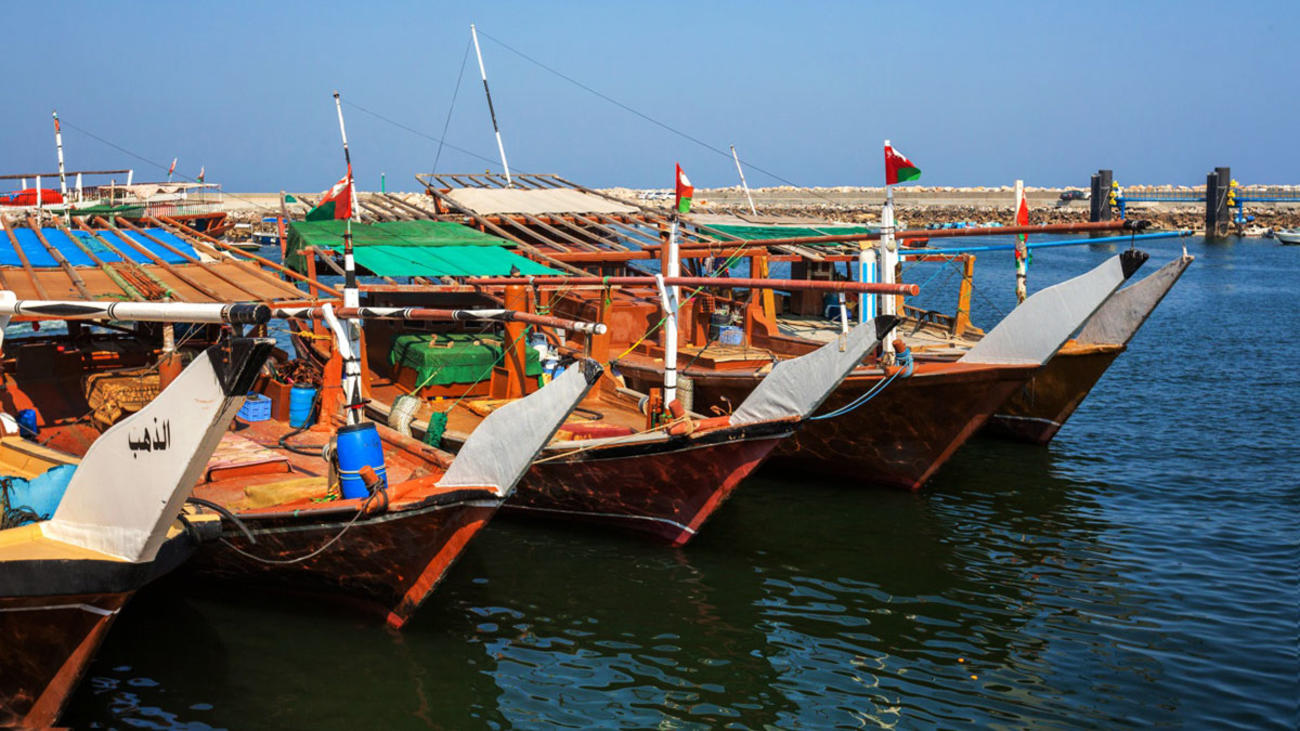
Tucked between the towering Hajar Mountains and the turquoise waters of the Gulf of Oman lies Dibba, a charming coastal town that beautifully captures the peaceful rhythm of Omani life. The town is divided between the Sultanate of Oman and the United Arab Emirates, yet it feels far removed from borders and bustle.
Dibba’s beaches are pristine, and its proximity to Zighy Bay — one of Oman’s most exclusive hideaways — makes it an idyllic destination for relaxation and adventure alike. The secluded Zighy Bay can only be reached by four-wheel drive, speedboat, or even paraglider, making the journey as exciting as the destination itself. The resort there mirrors a traditional Omani village, complete with stone houses, sandy courtyards, and the occasional wandering goat. For those seeking tranquility with a touch of luxury, Dibba offers the perfect coastal escape.
Empty Quarter
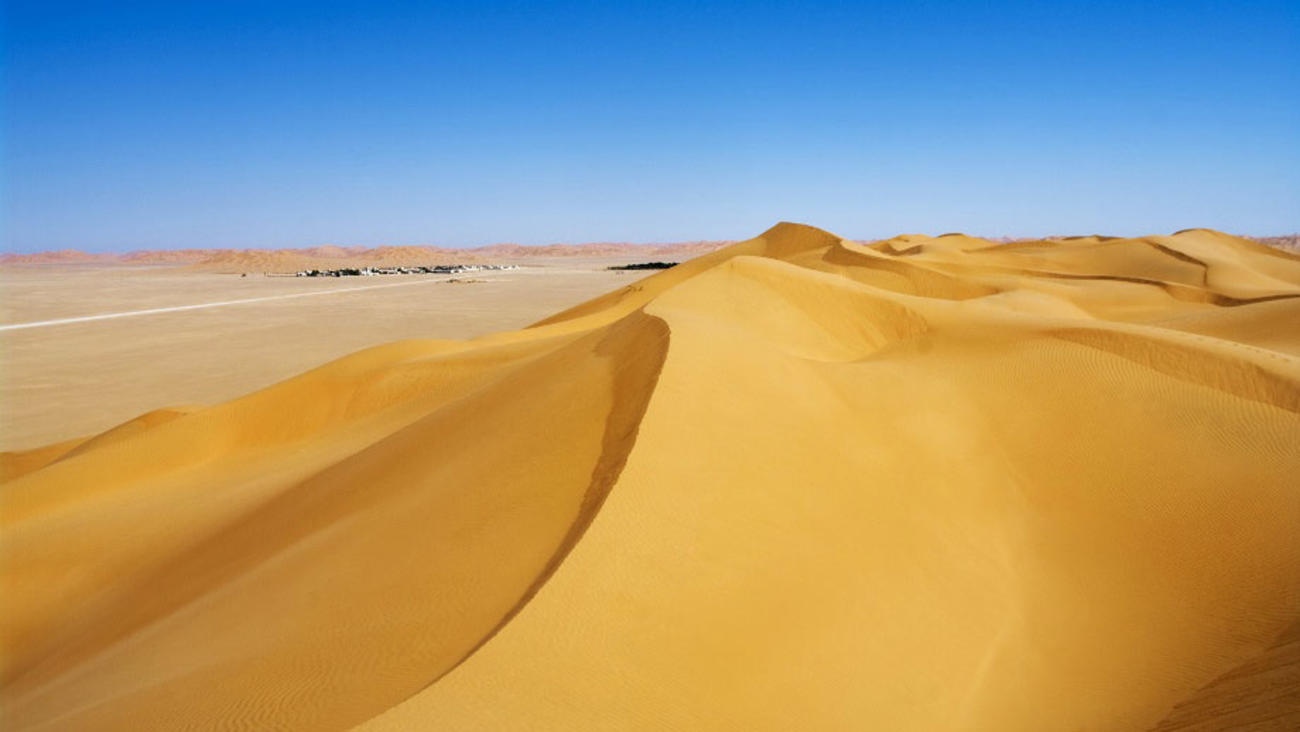
To the far south stretches the Empty Quarter, or Rubʿ al-Khali, a sea of sand so vast it defies imagination. This immense desert — the largest continuous sand desert on Earth — spans four countries: Oman, Saudi Arabia, the UAE, and Yemen. Its name, “Quarter of Emptiness,” describes both its solitude and its grandeur.
The dunes here rise like golden waves, sculpted by the wind into patterns that shift with every passing day. Exploring this region feels like stepping into another world. Travelers can trace the footsteps of Bertram Thomas, the first Westerner to cross the Omani section of the desert in 1930, or simply sit beneath a sky drenched in stars, the silence broken only by the wind. Many adventurers come to camp under the open desert sky, waking to sunrises that transform the sands into a glowing ocean of light. It’s a place where nature speaks softly but powerfully — reminding visitors of both its beauty and its scale.
Hajar Mountains
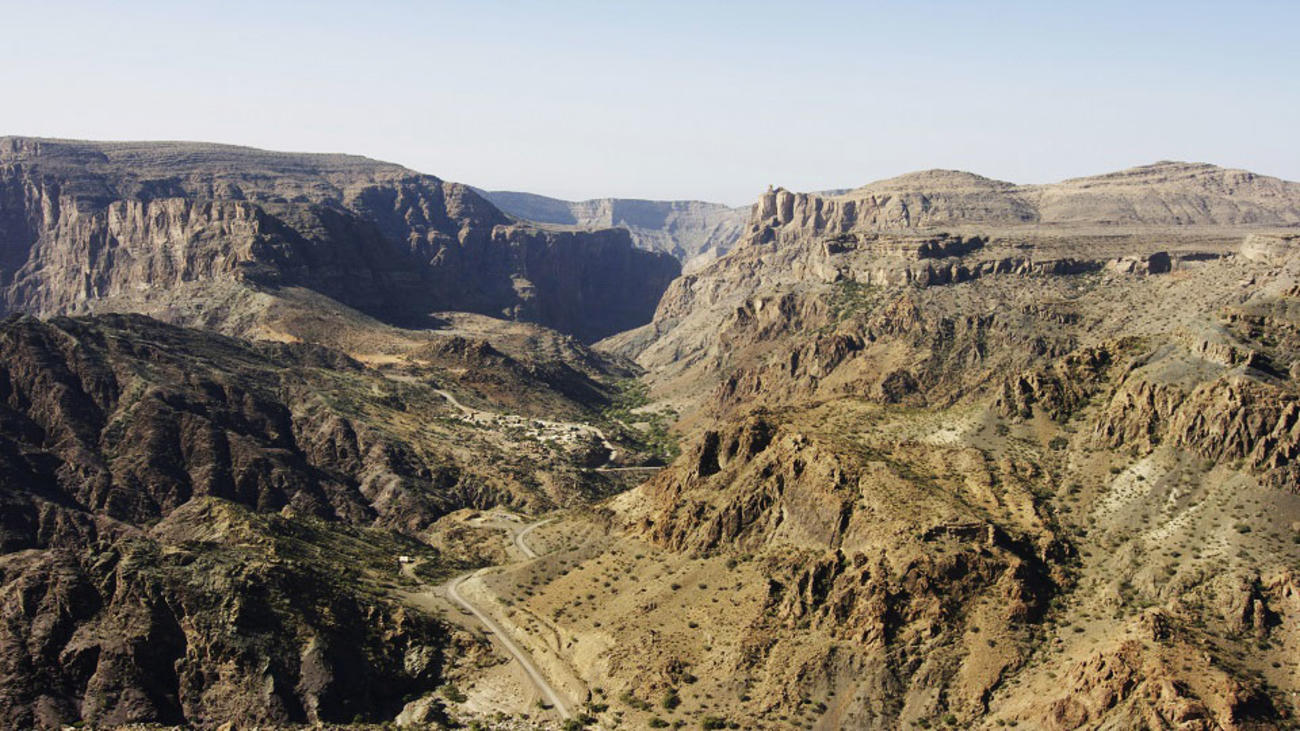
Rising sharply from the plains near Nizwa, the Hajar Mountains form one of Oman’s most dramatic landscapes. These rugged peaks stretch for hundreds of kilometers, with ridges that soar above 2,000 meters and deep wadis cutting through their base like veins in stone. Within this range lies a network of ancient villages, date plantations, and terraced fields sustained by centuries-old irrigation systems.
Life in the mountains is shaped by resilience. The local shuwawi tribes have adapted to the rocky terrain, cultivating small gardens in hidden valleys and preserving traditions passed down through generations. To the west stands Jebel Shams, “Mountain of the Sun,” Oman’s highest peak at 3,010 meters. From its summit, the view extends across canyons, plateaus, and distant desert — a sight that humbles every visitor. Travelers can explore caves, trek to cliff dwellings, or meet local weavers who still craft rugs using traditional techniques. The Hajar Mountains embody both the harshness and beauty of Oman’s wilderness.
Jebel Shams
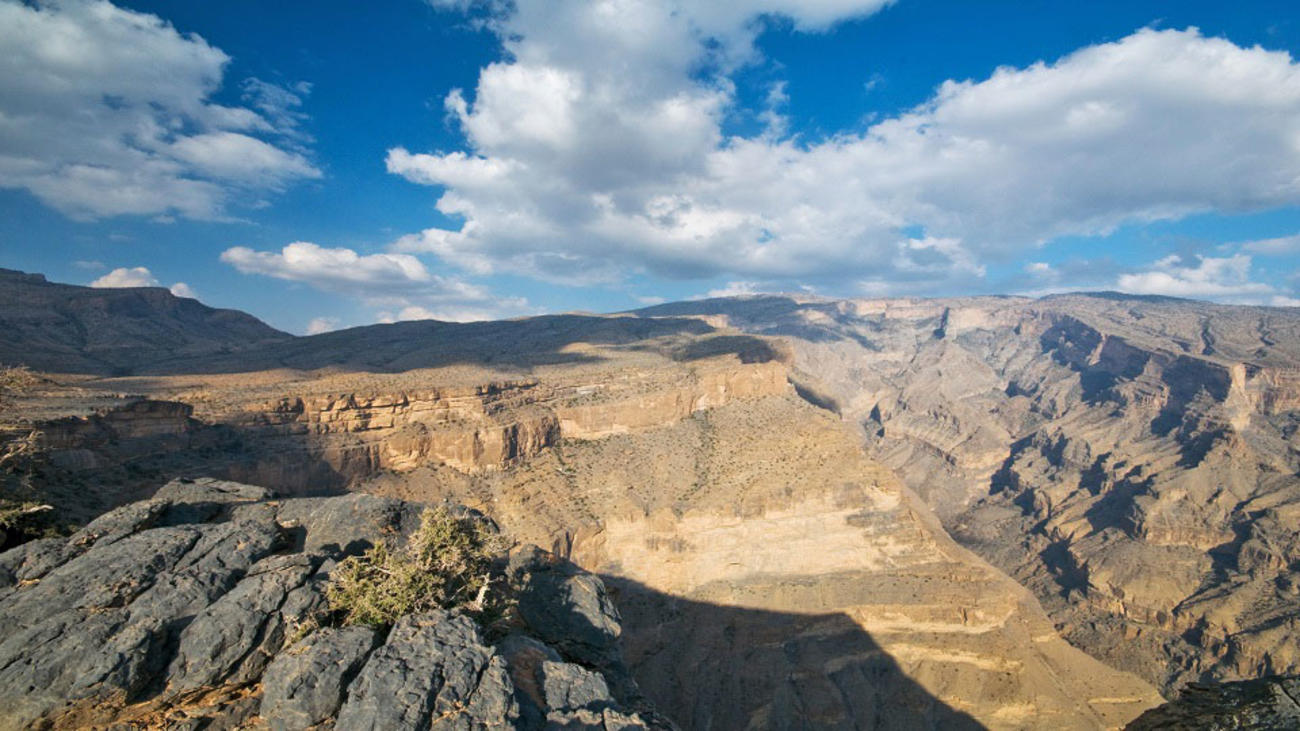
Towering above all of Oman, Jebel Shams is the highest mountain in the country — and fittingly named “Mountain of the Sun.” It forms the heart of the Al Hajar range and stretches majestically over the central region. As dawn breaks, the light paints the limestone cliffs in hues of rose and bronze, creating one of the most mesmerizing sunrises in Arabia.
The region is dotted with hidden valleys, small villages, and fertile patches of green where figs, pomegranates, and apricots thrive despite the rocky soil. Wadi Ghul, located nearby, is often called “Oman’s Grand Canyon,” and offers breathtaking viewpoints for those who venture along its trails. Whether you’re an avid trekker, photographer, or traveler simply in love with vast horizons, Jebel Shams stands as a reminder of how nature’s beauty can be both rugged and serene.
Khaluf
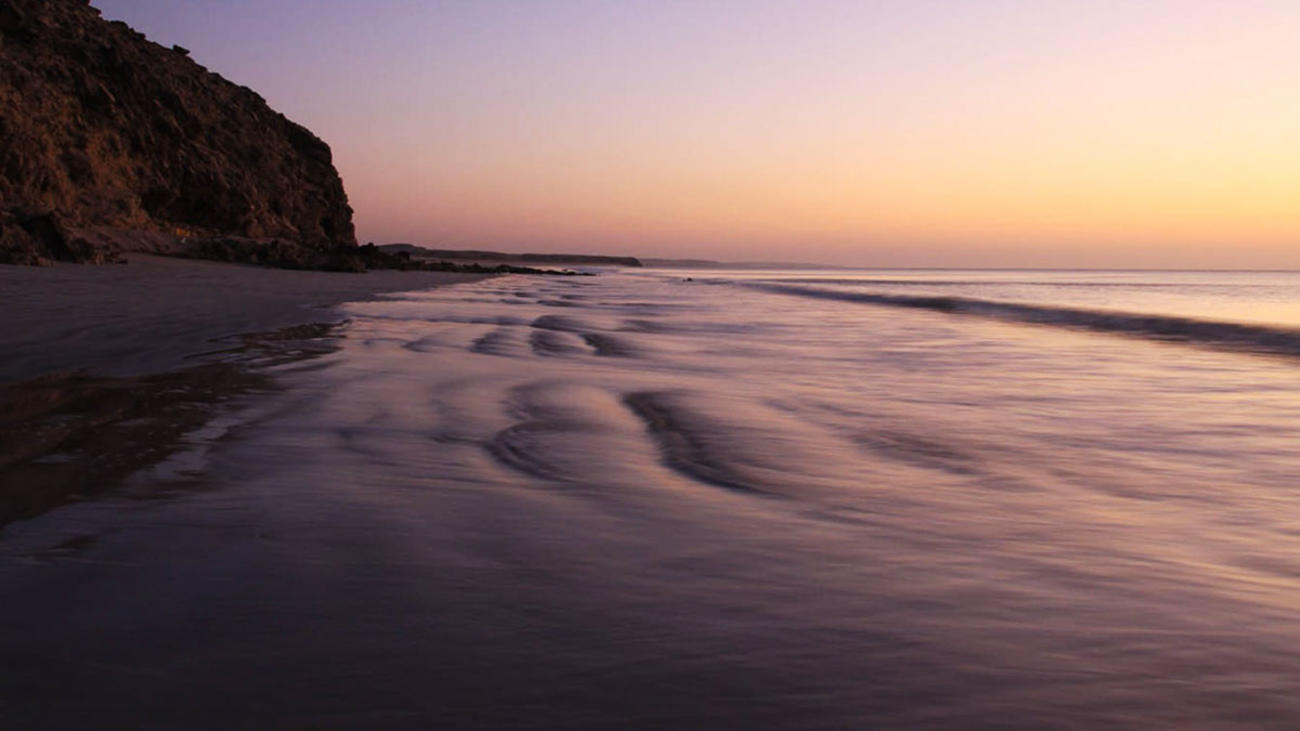
On Oman’s eastern coast lies Khaluf, a remote paradise where soft pink shell beaches meet windswept white dunes. The journey there — only possible by a four-wheel drive — is an adventure in itself. The shifting sands constantly reshape the route, making Khaluf a place that feels alive and untamed.
Camping under the desert sky here is an experience of pure tranquility. At night, the Milky Way glows clearly above, and the rhythmic sound of the waves creates a meditative silence. The nearby fishing village adds a touch of local charm, where visitors can watch fishermen bring in their catch and experience Oman’s coastal culture firsthand. Khaluf remains one of those rare places where solitude feels luxurious, and the landscape’s simplicity becomes its greatest beauty.
Khasab
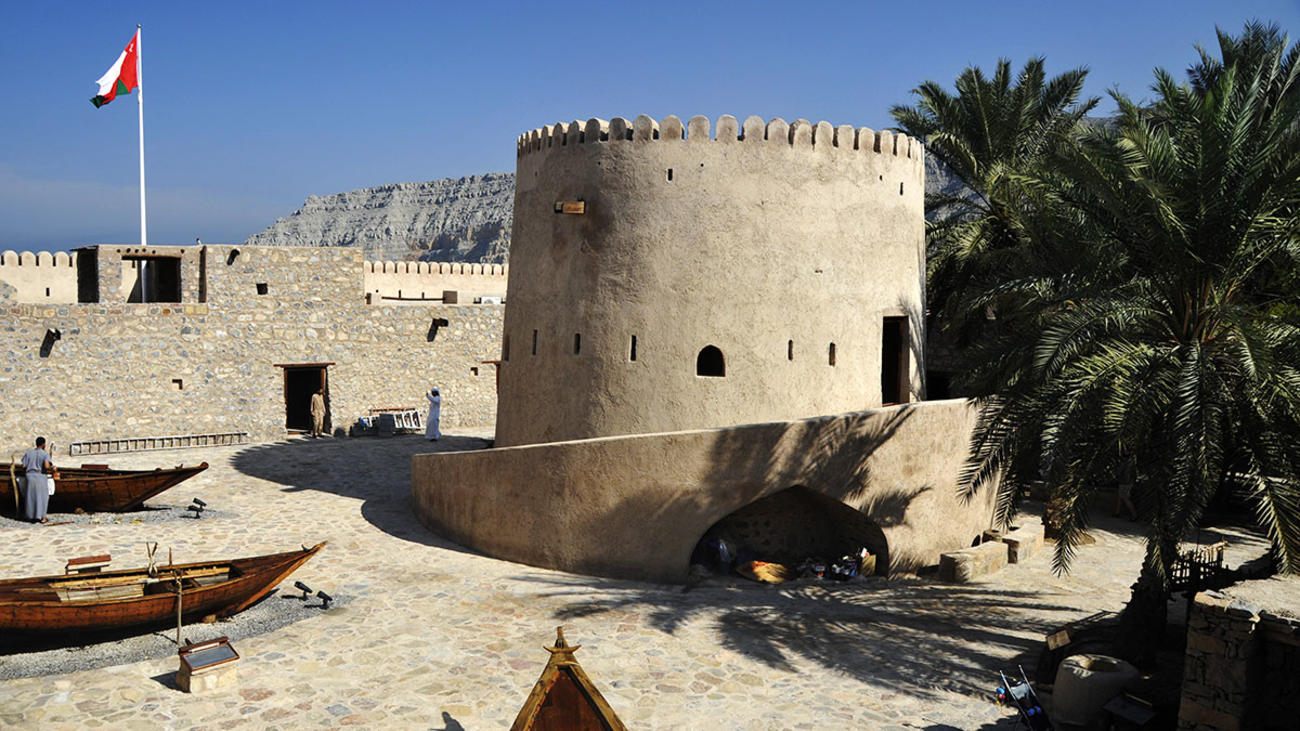
Often called the “Norway of Arabia” for its fjord-like inlets, Khasab serves as the gateway to the Musandam Peninsula — a dramatic landscape where mountains plunge directly into the sea. The town’s 17th-century fort stands proudly by the harbor, overlooking turquoise waters that sparkle in the sun.
The Musandam Peninsula itself is an exclave, separated from mainland Oman by the UAE, and its position gives the country a share of control over the strategic Strait of Hormuz. A boat trip through its calm waters reveals hidden coves, limestone cliffs, and villages accessible only by sea. Dolphins often swim alongside the traditional wooden dhows, adding to the enchantment. Around Kumzar, one can even hear the rare Kumzari language — a linguistic blend of Arabic and Persian — still spoken by locals. Khasab offers adventure, serenity, and a glimpse into Oman’s maritime soul.
Masirah Island
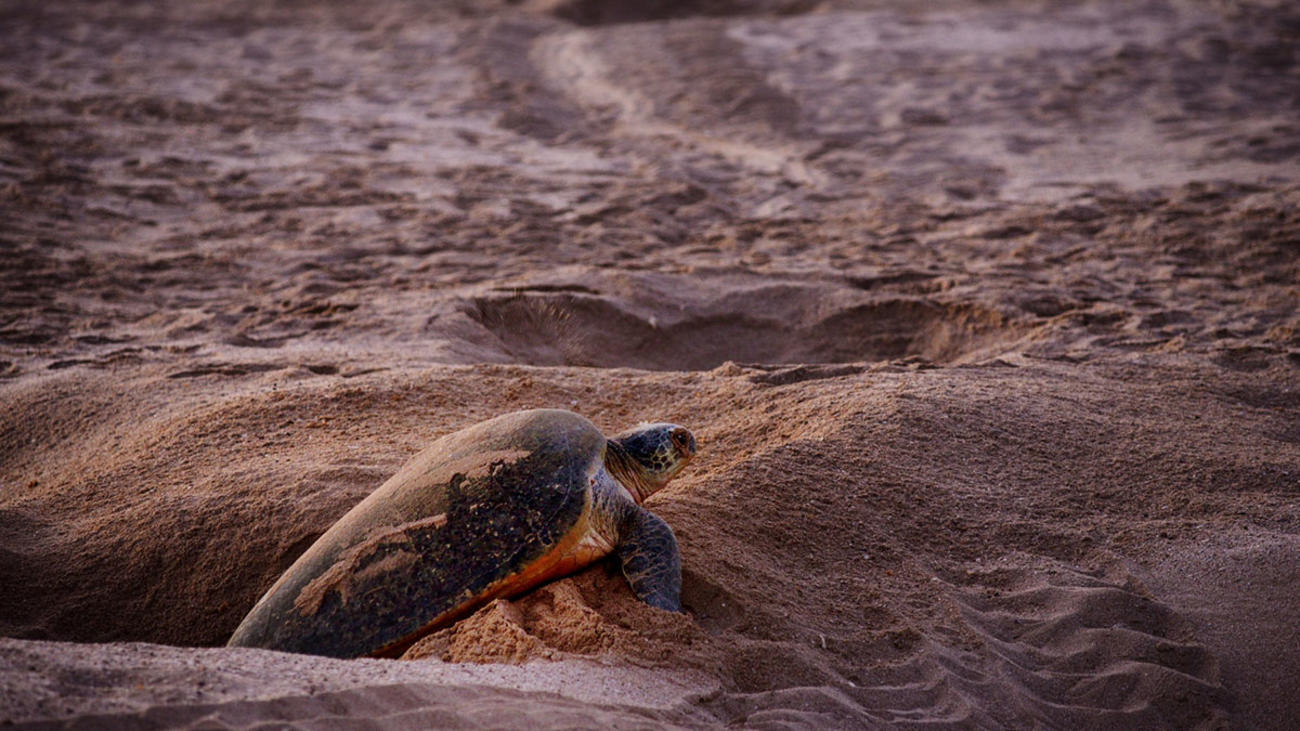
Floating just off Oman’s southeastern coast, Masirah Island is one of the country’s most captivating natural retreats. This large island, surrounded by crystalline waters, stretches for over 60 kilometers and remains sparsely populated, making it a haven for travelers seeking solitude. The beaches here are long, quiet, and strikingly beautiful — perfect for long walks, kite surfing, or simply lying beneath a vast sky that seems to merge with the sea.
Masirah is also a sanctuary for wildlife, especially marine life. All four of Oman’s native turtle species come here to nest, including the largest population of loggerhead turtles in the world. Between June and October, thousands of them come ashore to lay eggs on the moonlit beaches — a sight that feels almost otherworldly. Beneath the waves, coral reefs and colorful fish create ideal conditions for snorkeling and diving. The coastline, dotted with shipwrecks from centuries of maritime trade, hints at the island’s deep seafaring past. For travelers who long for adventure away from crowds, Masirah offers a perfect blend of remoteness and natural wonder.
Muscat
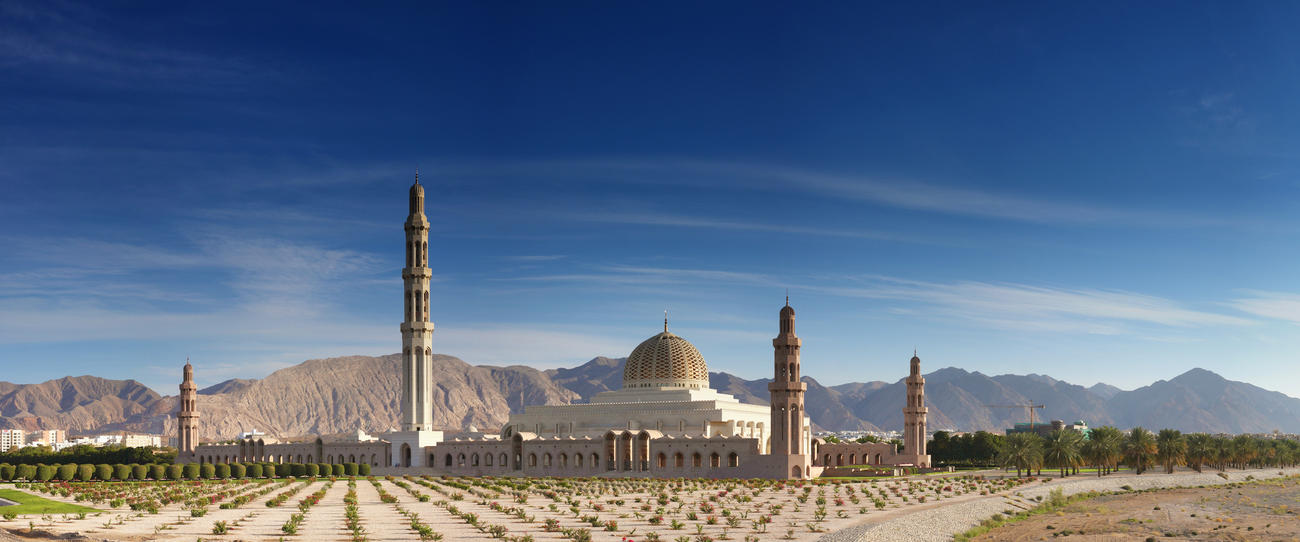
The capital city Muscat stands as the heart and soul of Oman — a place where the nation’s traditions blend seamlessly with a sense of quiet modernity. Surrounded by rugged mountains on three sides and the shimmering Gulf of Oman to the north, Muscat feels like a city sculpted by both land and sea. Its name, meaning “anchorage,” hints at its long maritime history, with records dating back to the 2nd century AD.
Muscat’s charm lies in its contrasts: elegant mosques and marble palaces coexist with ancient souks and narrow lanes filled with the aroma of frankincense. The Sultan Qaboos Grand Mosque, one of the largest in the world, is an architectural masterpiece that combines Islamic artistry with serene grandeur. The Royal Opera House showcases Oman’s growing cultural identity, while the Muttrah Corniche offers a perfect evening stroll along the waterfront, framed by old Portuguese forts and bustling markets. Despite its modernity, Muscat maintains an atmosphere of calm dignity — a reflection of Oman’s national character.
Nizwa
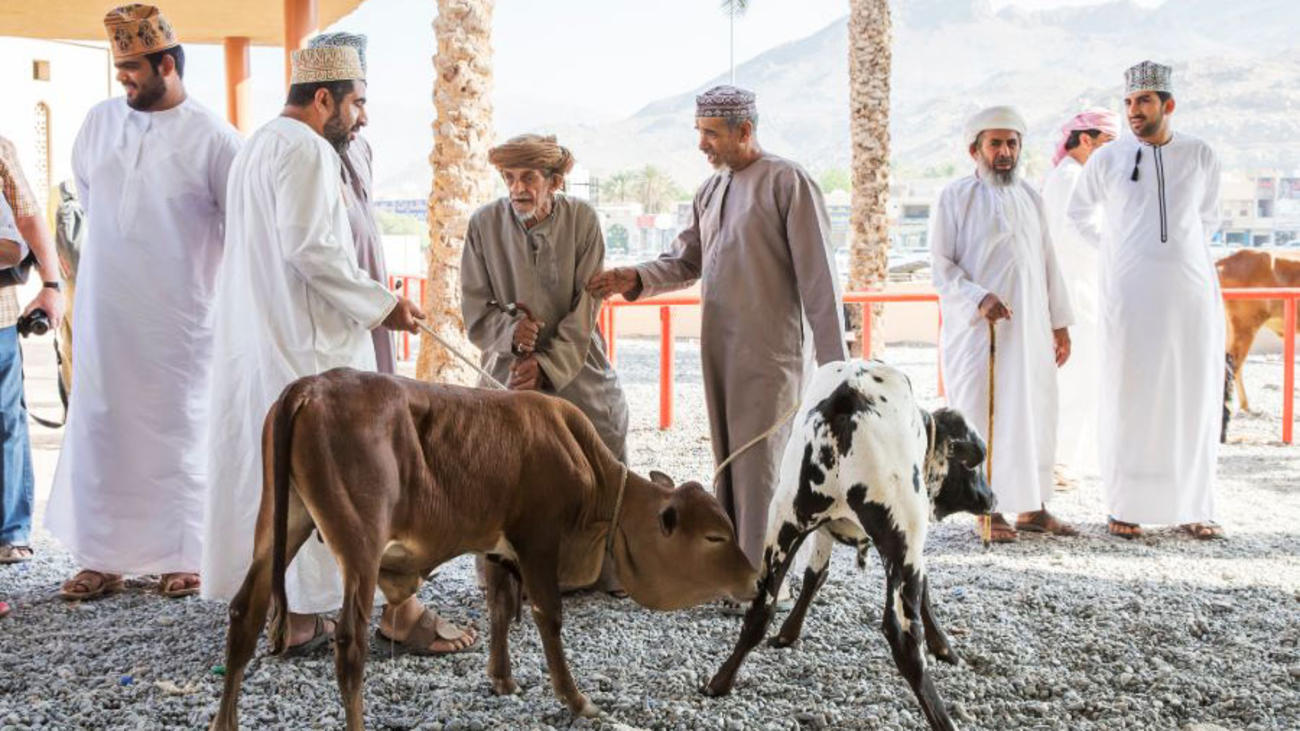
Once the capital of Oman and still regarded as its cultural heart, Nizwa rests in a wide oasis surrounded by towering mountains and vast date plantations. The city’s famous round fort, built in the 17th century, dominates the skyline with its massive cylindrical tower — a symbol of the town’s historical power and strategic importance.
Nizwa has long been a center of learning and religion, earning it the title “Pearl of Islam.” Its bustling souk remains one of the best places to experience Omani life up close. Every Friday morning, locals gather for the traditional cattle market, where men in white dishdashas negotiate prices in a lively exchange that has changed little over centuries. Handmade silver jewelry, pottery, and frankincense fill the market stalls, adding color and fragrance to the air. Nizwa captures the timeless rhythm of Omani heritage — a meeting point between the nation’s past and present.
Ras Al Hadd
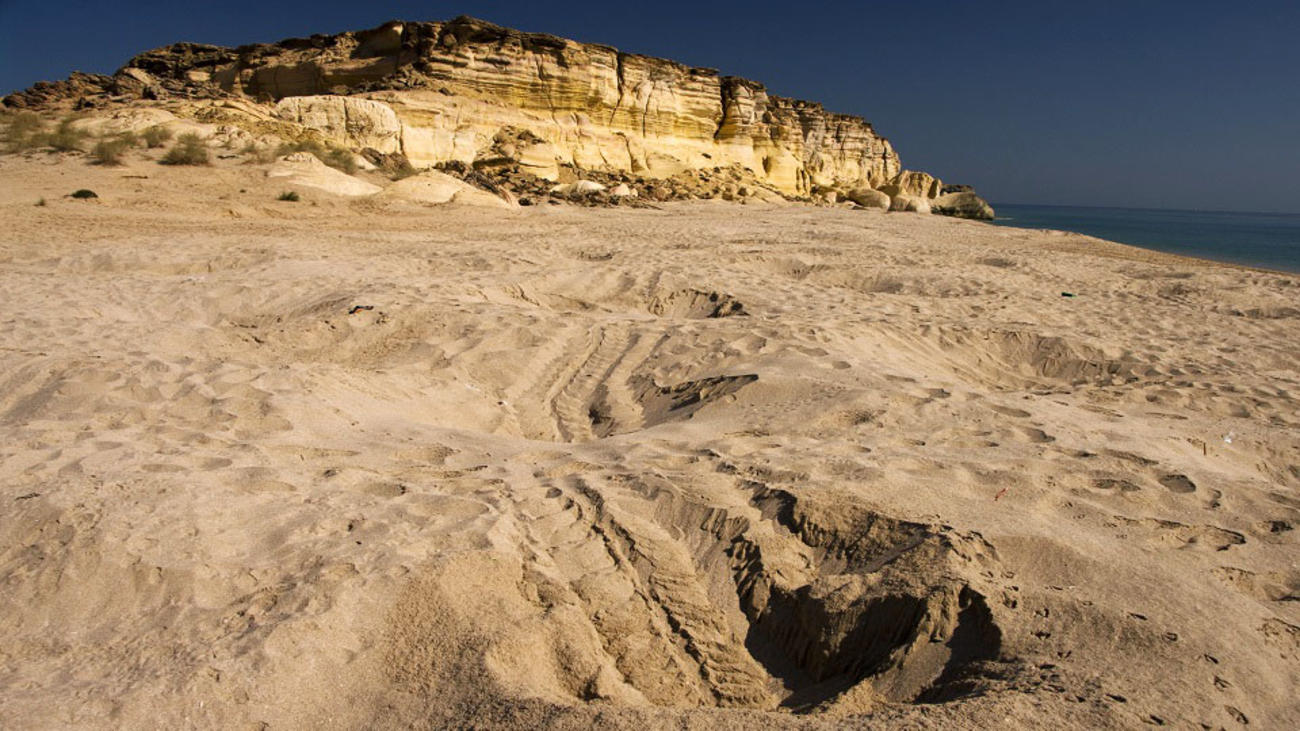
At the easternmost tip of the Arabian Peninsula lies Ras Al Hadd, a peaceful coastal village where the desert meets the turquoise sea. The town is known for its serene beaches, calm lagoons, and as a vital nesting ground for green turtles. Just nearby, at Ras Al Jinz, thousands of turtles return each year to lay their eggs, creating one of the most magical wildlife spectacles in the Middle East.
Visitors to Ras Al Hadd can watch this rare event under the supervision of conservation guides, especially during the peak nesting season in October and November. Apart from its ecological significance, the village itself offers tranquility and local authenticity — fishermen casting their nets at dawn, children playing by the shore, and the scent of saltwater carried on the wind. For travelers looking to escape modern chaos and reconnect with nature, Ras Al Hadd is a perfect refuge.
Ras Al Jinz
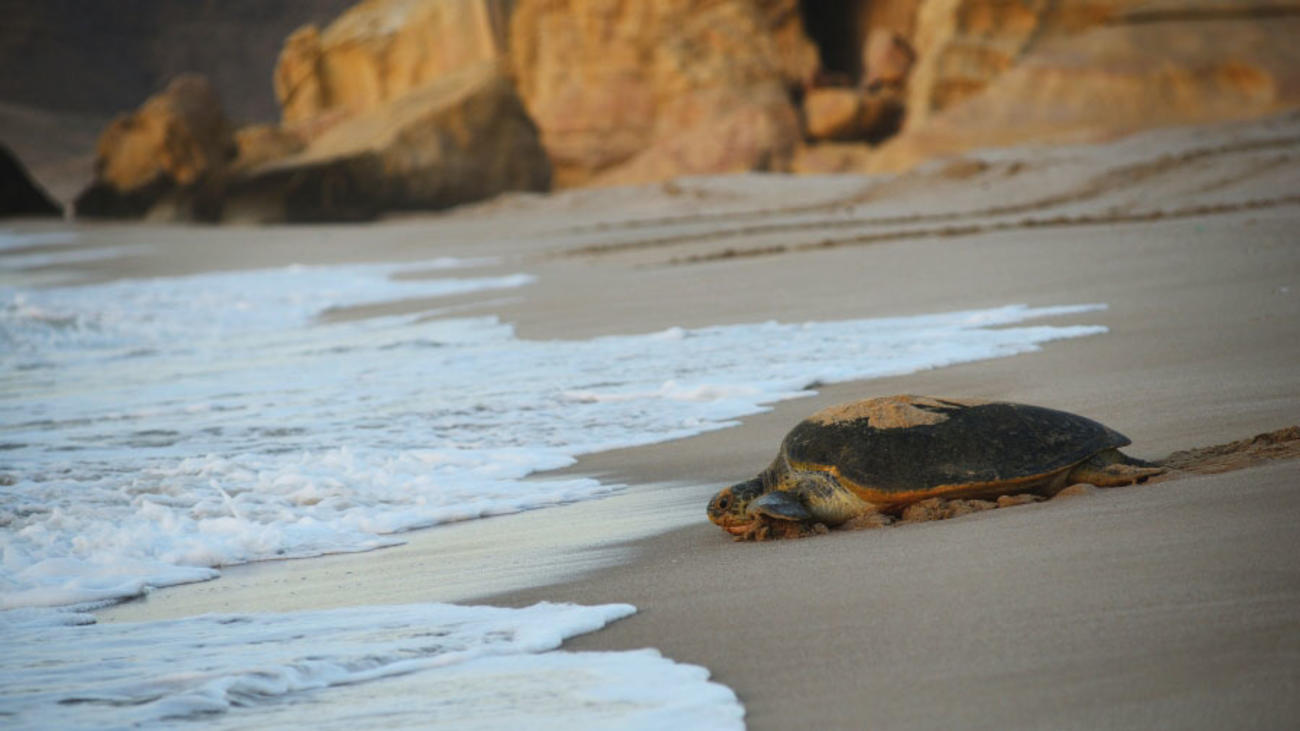
Just a few kilometers from Ras Al Hadd lies Ras Al Jinz, home to Oman’s most renowned turtle reserve. Every year, tens of thousands of green turtles migrate here from the Arabian Sea to nest on its protected shores. These ancient creatures, classified as endangered, find sanctuary in the region’s conservation programs — a testament to Oman’s commitment to wildlife preservation.
The reserve’s eco-lodge and Carapace Hotel offer travelers a chance to stay close to nature without disturbing it. Guests can take guided nighttime tours to witness mother turtles digging their nests or baby hatchlings scurrying toward the sea under a moonlit sky. It’s a deeply moving experience that connects visitors with the cycle of life in its purest form. Surrounded by the untouched mountains and pristine coast of eastern Oman, Ras Al Jinz stands as a model for sustainable tourism and a haven for those seeking meaning in travel.
Salalah
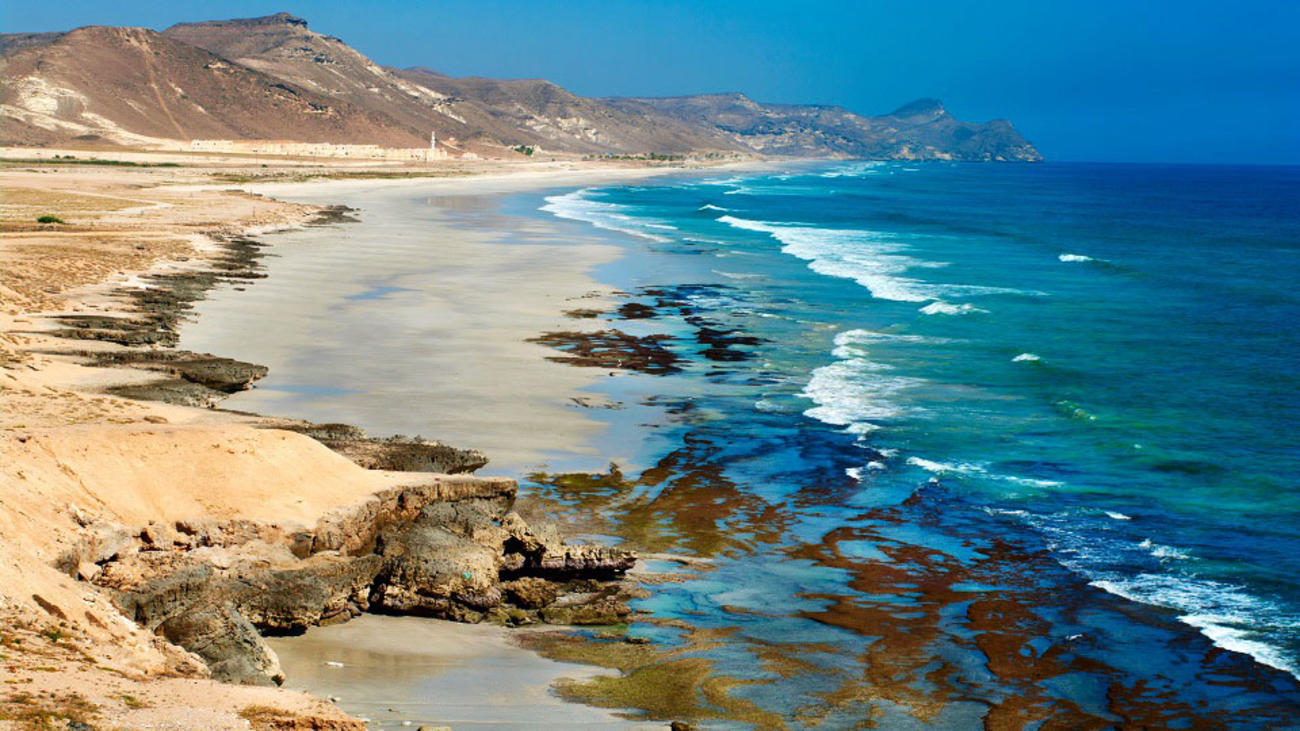
In the far south of Oman, Salalah blooms with color and fragrance unlike anywhere else in the Arabian Peninsula. The capital of the Dhofar region, it comes alive during the Khareef season — a monsoon that transforms the dry landscape into a lush green paradise. Rolling hills covered in mist, cascading waterfalls, and cool breezes draw visitors from across the Gulf who come to escape the summer heat.
Salalah’s charm extends beyond its natural beauty. It has a rich history tied to the frankincense trade, once known as the “white gold” of Arabia. The nearby ruins of Al-Baleed, a UNESCO World Heritage Site, tell stories of merchants who shipped this precious resin across the ancient world. The city also carries a distinct East African influence, seen in its food, music, and friendly people — a reflection of Oman’s historical connections with Zanzibar. Whether wandering through fruit plantations or strolling the beaches of Al Mughsayl, Salalah feels like a dream suspended between ocean and cloud.
Sur
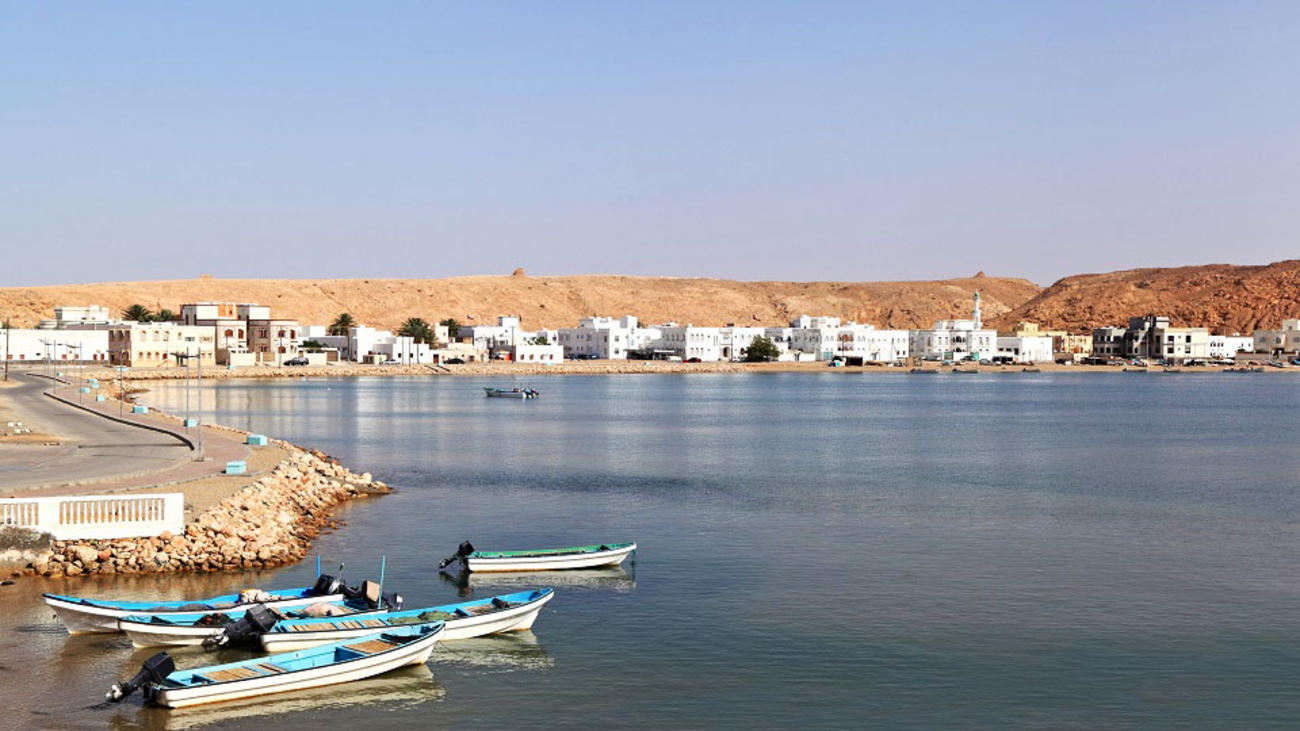
Once one of Oman’s most important ports, Sur remains a living testament to the country’s maritime heritage. Its history is intertwined with shipbuilding, particularly the crafting of traditional wooden dhows that once sailed to India and East Africa. Today, visitors can still watch craftsmen at work in the dhow yards — using techniques passed down for generations.
Sur’s picturesque corniche curves around a sheltered bay dotted with fishing boats, while two old forts stand watch over the town. The beaches here are peaceful and inviting, perfect for swimming or simply enjoying the view of the Gulf of Oman. The lighthouse at Al Ayjah, standing tall near the harbor, offers panoramic views of the coastline and the old town below. Sur’s quiet beauty and connection to the sea make it one of Oman’s most evocative destinations — a place where history lingers gently in the salt air.
Wahiba Sands
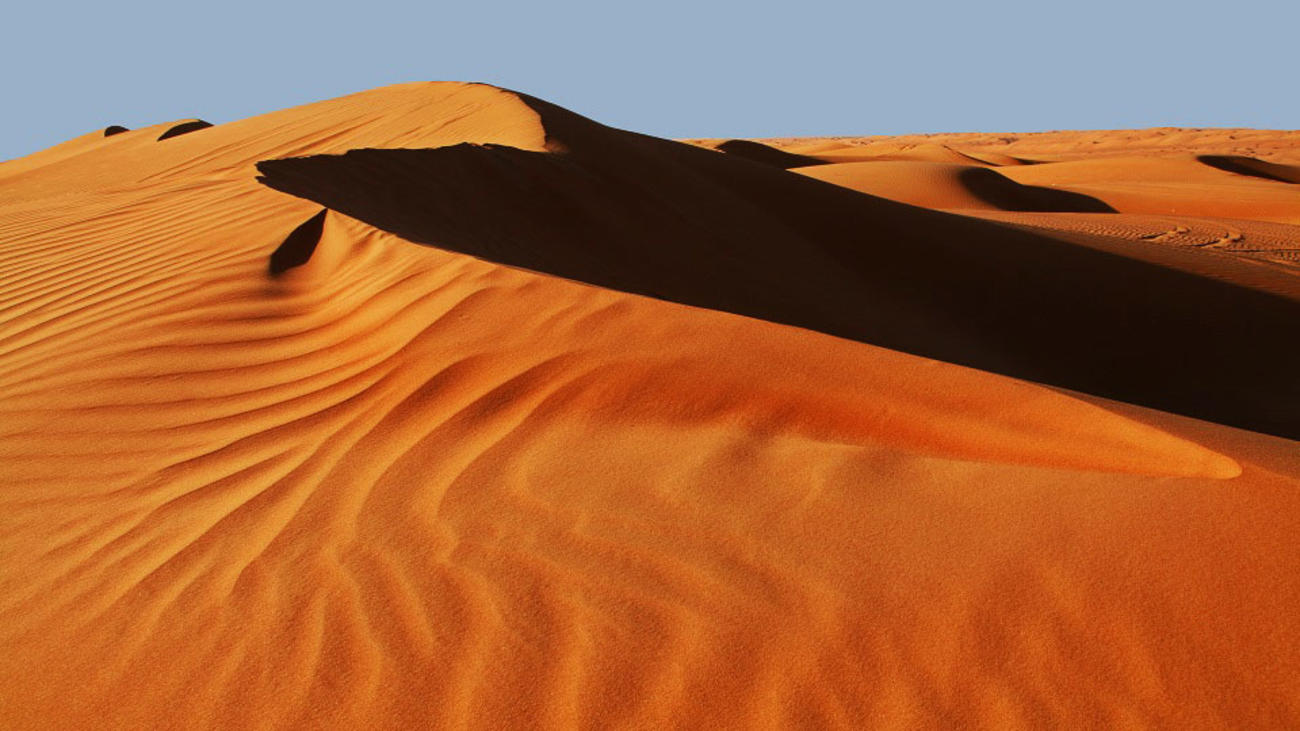
Stretching endlessly across central Oman, Wahiba Sands — also known as the Sharqiya Sands — is a vast desert of golden dunes that seem to shift with every gust of wind. This is the realm of the Bedouins, where life flows with the rhythm of nature and the silence of the dunes carries an almost spiritual calm.
Travelers come here to ride across the sand in four-wheel drives, sandboard down towering slopes, or spend a night in a Bedouin-style camp beneath a sky overflowing with stars. The dunes glow in warm colors at sunrise and sunset, creating a mesmerizing display that photographers never tire of capturing. Despite its harshness, Wahiba Sands is full of subtle life — desert foxes, camels, and rare plants that bloom after rainfall. Visiting this desert is not just a journey across land; it’s a reminder of the endurance and grace that define Oman itself.
From the majestic mountains of the north to the lush valleys of the south, from ancient ports to silent deserts, Oman offers a travel experience that feels timeless and pure. Every destination holds a story — shaped by the sea, sculpted by wind, and carried forward by the warmth of its people. Oman remains one of the most beautiful countries in the world not because of extravagance, but because of its soul — serene, welcoming, and profoundly alive.


